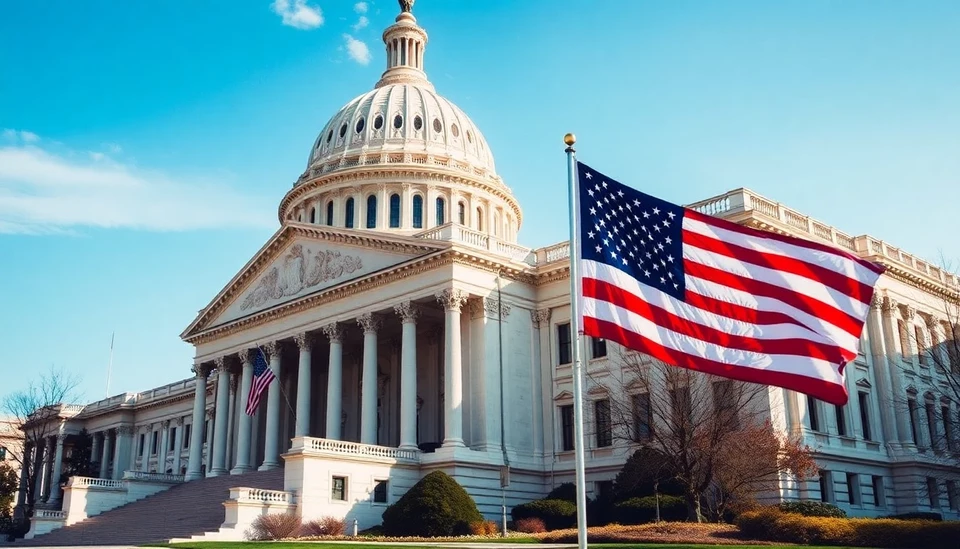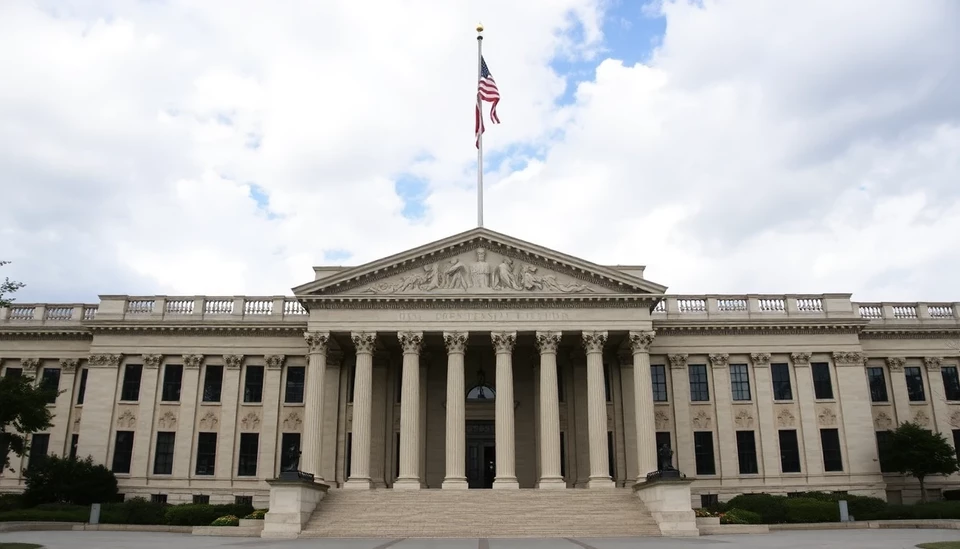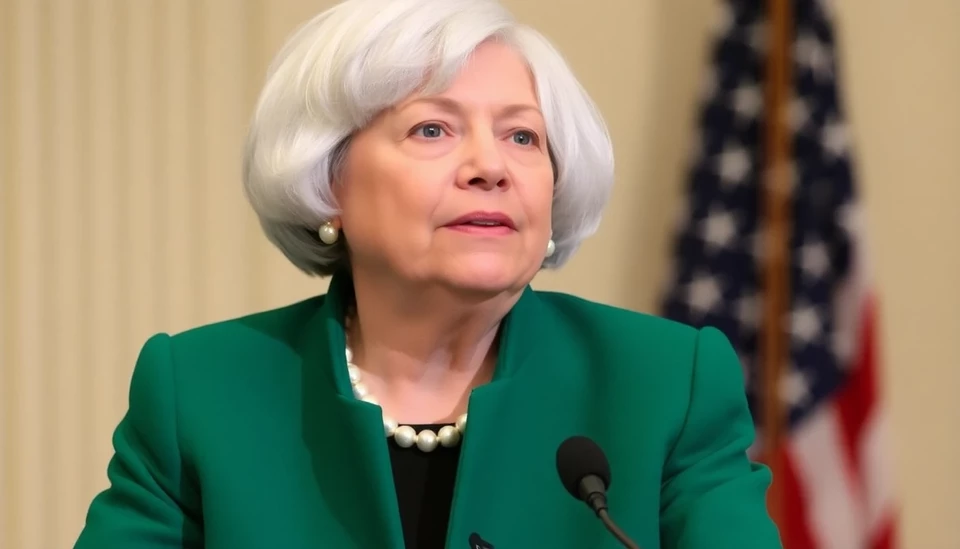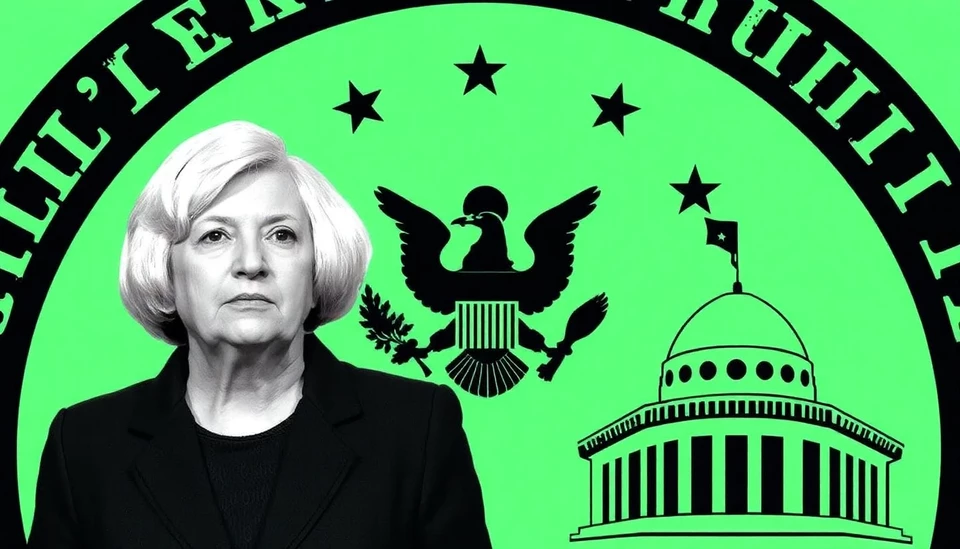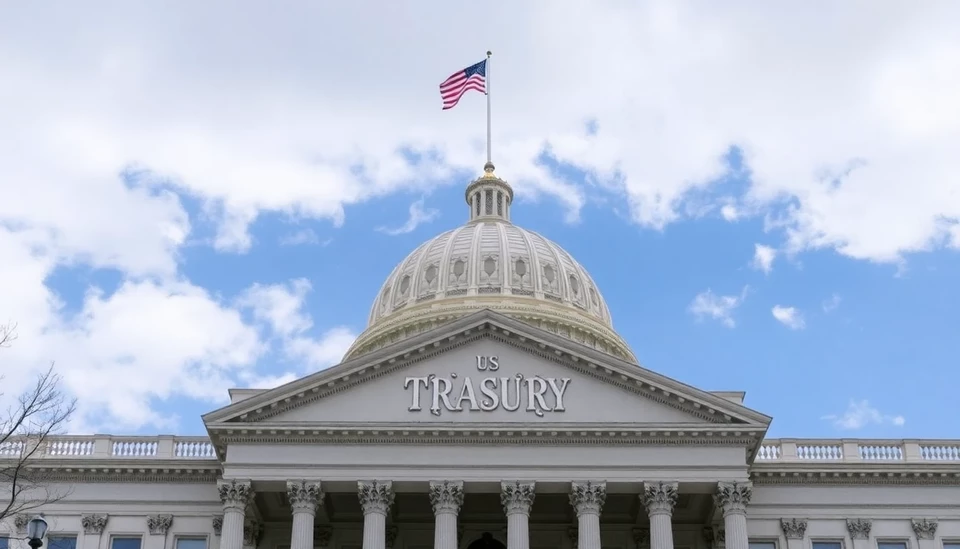
The U.S. Treasury Department has taken a decisive step to avert a potential breach of the nation's debt ceiling, implementing a series of new measures aimed at maintaining the government's financial stability. This proactive approach comes amid increasing concerns over the risks associated with government borrowing limits and the potential economic fallout if these limits are not addressed in a timely manner.
As lawmakers continue to engage in discussions surrounding fiscal policy and budgetary constraints, the Treasury's actions seek to provide a buffer against immediate financial challenges that could disrupt federal operations and impact economic growth. The newly introduced measures involve sophisticated accounting maneuvers and strategic adjustments to the existing fiscal framework, designed to extend the timeframe available for Congress to negotiate a bipartisan resolution.
Among the strategies outlined by the Treasury, an emphasis on tightening cash management practices stands out. By optimizing cash flows and reducing unnecessary expenditures, the Treasury aims to create a financial cushion that can absorb shocks resulting from delayed legislative action. This approach underscores the importance of prudent financial management in times of uncertainty, especially when the stakes for national security and economic health are significant.
In addition to cash management improvements, the Treasury is also contemplating the use of extraordinary measures, which are often employed to buy additional time as the debt ceiling approaches. These measures could include suspending certain investments in government funds and reallocating resources to ensure that the government can meet its obligations without breaching the legally mandated borrowing limit.
The announcement comes at a critical juncture, as the possibility of a government shutdown looms large due to ongoing fiscal debates in Congress. Lawmakers are urged to act swiftly to avoid a situation that could lead to increased uncertainty in financial markets and potentially harm the U.S. economy. The Treasury's move is seen as an important signal to Congress about the urgency of addressing the debt ceiling and seeking a permanent solution to fiscal challenges.
Critics of the current fiscal policy maintain that the recurring issue of the debt ceiling highlights a fundamental flaw in how the government manages its budget. They argue that instead of temporary fixes, comprehensive reforms are necessary to ensure long-term fiscal responsibility and economic resilience. However, in the short term, the Treasury's latest measures are expected to provide a much-needed reprieve as discussions continue in Washington.
With the ever-evolving nature of economic conditions and the growing complexities of federal spending, stakeholders from various sectors are closely monitoring the situation. The Treasury’s proactive strategy is not only pivotal for the government’s immediate financial needs but also serves as a vital component in restoring confidence among investors and the public alike.
As this situation develops, it is crucial for all parties involved to remain engaged in productive dialogues that prioritize the country’s fiscal health and economic stability. The effectiveness of these new measures will also hinge on the cooperation and commitment of lawmakers to work collaboratively towards a bipartisan agreement that can address the pressing issues surrounding the debt ceiling.
As we navigate through these challenging times, it is evident that strategic foresight and prompt action are essential in safeguarding the nation’s economic future.
#DebtCeiling #USTreasury #FiscalPolicy #GovernmentSpending #EconomicStability #BipartisanAgreement
Author: Daniel Foster
